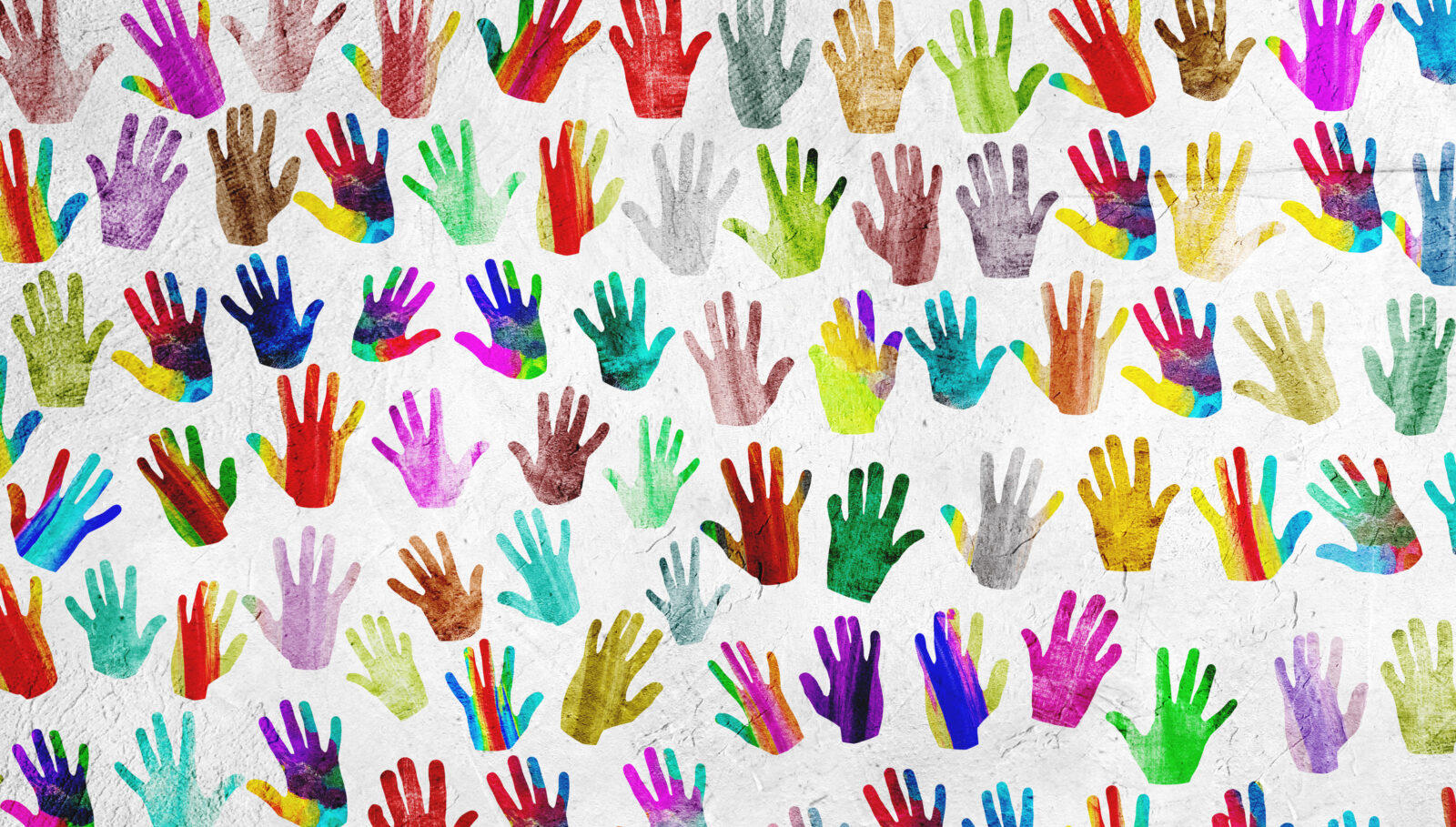
The College remains committed to the principles of Equity, Diversity, and Inclusion (EDI) and to incorporating EDI into all aspects of the College’s work and its regulatory processes. The College has created an EDI page on which information and resources are continually updated.
The EDI Working Group has continued to direct its efforts to the goals it established and remains focused on implementing diversity practices across the College Committees. This has included meetings with the Committee Chairs to discuss their Committees’ EDI initiatives and to provide support as needed. Representatives of the Working group have continued to support the Jurisprudence and Ethics Examination (JEE) Committee in their efforts to guide the JEE exam item writing process and to assist with incorporating EDI content and principles into the exam. The Working Group is consulting to the Quality Assurance Committee to ensure that EDI is reflected when considering CPD credits and in other initiatives related to the committee. The Working Group has also been collaborating with the Registration Committee to ensure that EDI is incorporated into the oral examination process and considered in other aspects of the registration process. Finally, we are working with the Client Relations Committee on their various initiatives to ensure that EDI principles are represented in this sensitive, and important area of College responsibility.
Presently, the EDI Working Group is reviewing and prioritizing EDI initiatives and goals. We are now developing an EDI plan, which will be connected to the College’s Strategic Directions. We look forward to keeping you all updated on our EDI journey.
The next meeting of the EDI Working Group is scheduled for mid September 2023.